Haven plan for low-barrier shelter in downtown WRJ gets approval
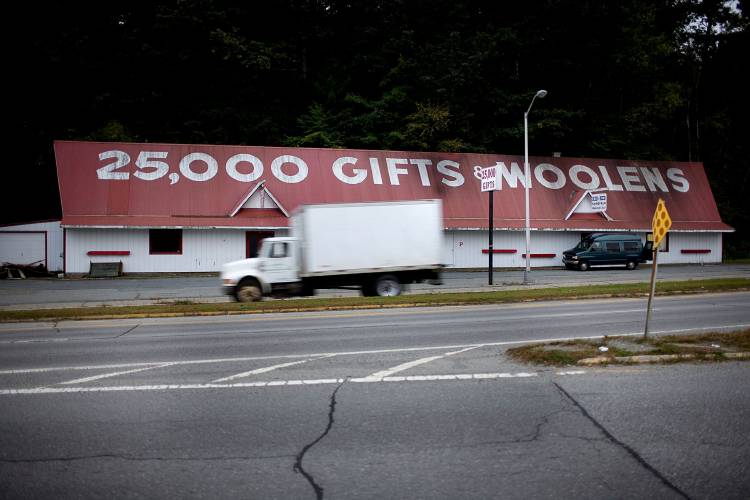
The 25,000 Gifts & Woolens building in White River Junction, Vt., on Sept. 23, 2009. (Valley News - Geoff Hansen) Copyright Valley News. May not be reprinted or used online without permission. Send requests to permission@vnews.com. Valley News file photograph — Geoff Hansen
| Published: 12-21-2023 2:31 AM |
WHITE RIVER JUNCTION — Upper Valley residents experiencing homelessness — even those under the influence of drugs and alcohol — will have access next year to a new “low-barrier” shelter in the former 25,000 Gifts building.
The Hartford Planning Commission this week approved a plan for an emergency shelter on North Main Street, near the junction of Routes 4 and 5, after hearing feedback from residents whose views on the project ranged from adamant opposition to enthusiastic support.
Over 40 residents and stakeholders attended a public hearing on Monday on a proposal from Upper Valley Haven, which is looking to convert the vacant building at 601 North Main Street into a shelter for up to 20 people who otherwise lack housing.
A low-barrier shelter is open to any person seeking emergency housing, regardless of the sobriety or substance use, financial resources or evidence of need. There is no background screening of guests or requirements to complete paperwork.
“It’s hard to access any kind of (support) services in any community, (but) it’s next to impossible to access those services or to address the problems that you’re dealing with if you don’t have a home,” said town resident Lucy Danger, speaking in support of the shelter.
While Monday’s vote was unanimous, the Planning Commission explained to those in attendance that their review of the project was constrained by a new state law that exempts certain types of development from most land-use regulations — one of which is emergency shelters.
“We don’t have discretion to make a decision based on whether a low-barrier shelter is good for the community or not,” explained Chairman John Reid.
Act 47 establishes a list of land uses that municipalities may only regulate in a limited way. Projects in this category include churches, schools, hospitals, waste management facilities and state-owned buildings.
Article continues after...
Yesterday's Most Read Articles
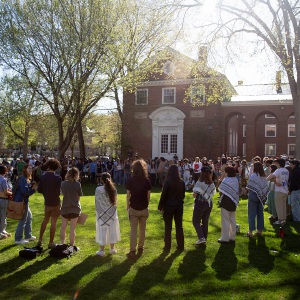 Dartmouth administration faces fierce criticism over protest arrests
Dartmouth administration faces fierce criticism over protest arrests
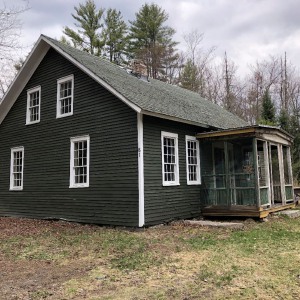 Hanover house added to New Hampshire Register of Historic Places
Hanover house added to New Hampshire Register of Historic Places
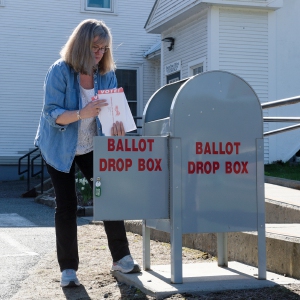 Sharon voters turn back proposal to renovate school
Sharon voters turn back proposal to renovate school
Signed into law by Gov. Phil Scott in June and also known as the HOME Act, the measure is intended to promote the development of new housing.
Kimberly Butler, attorney for the Haven, said that the law allows a town to create zoning districts where an emergency shelter is encouraged, but Hartford has not designated such districts. Municipalities may not impose regulations that interfere with such uses.
Michael Redmond, executive director of the Haven, said the facility will provide transitional support services to the shelter guests during the day. Guests also will be invited to use the facility during daytime hours to stay warm.
About 100 clients — individuals or families — in the Haven’s service area of communities in northern Windsor and southern Orange counties are experiencing or at risk of homelessness, according to Redmond.
The Haven shelter on Hartford Avenue is typically operating at capacity.
“Left unchecked, this crisis will put the growing list of unsheltered community members at risk of death or harm … and add to the challenges of unhoused individuals and families (year-round),” Redmond told the Planning Commission. “This is a human cost we cannot allow.”
Cherry Sullivan, director of shelter and community programs at the Haven, said the low-barrier facility will also provide spaces to accommodate people’s pets, including a small dog park outside the building.
“Often it’s an extreme barrier to people coming into a shelter,” Sullivan said. “Most folks don’t want to leave their pets, especially when it’s their main source of companionship and comfort.”
Most of the residents who voiced opposition to the shelter on Monday live along Fairview Terrace, a residential street on an embankment above the shelter building.
Their concerns primarily were about public safety, as a low-barrier shelter is open to people with criminal histories or who are struggling with addiction.
“I think we are talking about two very different populations of homeless,” said Heather Potter, a Fairview Terrace resident. “We’re not talking about folks who are just down on their luck and need a hand. We are talking about addicts and people who do not adhere to rules.”
Potter said her neighborhood has had a history of safety issues, including a house where drug trafficking recently had occurred.
“We finally got the neighborhood back to where we are seeing neighbors walking … people reconnecting because we feel safe,” Potter said. “This is going to take that from us.”
Several neighbors cited a low-barrier pod shelter that opened this year in Burlington, where neighbors have complained to the city about shelter guests trespassing on private properties or using drugs in the neighborhood, according to a WCAX news report in June.
“If there are no restrictions, then who is coming?” said Regan Shaw, who lives on Fairview Terrace.
While expressing support for the Haven and the need to assist people, Shaw asked for more research on the impact of low-barrier shelters on neighboring areas.
Supporters of the project noted that the unhoused population represents a broad range of people, including the elderly.
Wilder resident Faith Dubois worked at the Haven’s previous low-barrier seasonal shelter at its property on Hartford Avenue from 2015 until its closure in 2019.
Dubois said the shelter users included people struggling with mental or physical illness, veterans and people working multiple jobs. While some individuals had criminal backgrounds, Dubois said she never encountered a violent shelter guest nor feared for her safety.
Mark Bradley, executive director of the Bugbee Senior Center — which is located near the shelter property on North Main Street— noted a nationwide increase in the number of people age 60 or older who are at risk of homelessness due to their inability to afford their rents or mortgages.
“Most of the people we serve don’t have family or anyone really (to help them),” Bradley said.
Though there is not national data on the number of older adults experiencing homelessness, a collaborative study in 2019 by public health agencies in Boston, New York City and Los Angeles estimated that homelessness among older adults will nearly triple by 2030.
The Haven’s leaders hope to begin construction next summer, though the organization still needs to complete a purchase agreement with CraftStudies, an art nonprofit that owns the property, as well as hire a contractor to oversee the building, Redmond said in an interview.
The project has an estimated cost of $4 million, which includes the land purchase and the building renovation.
Redmond said the project will be funded by grants, including from the Vermont Housing and Conservation Board.
In approval of the plan, the Planning Commission added conditions that the sidewalk on North Main Street remains open during construction and that the Haven provides an updated traffic study and a plan to protect the steep slope leading up to Fairview Terrace during construction.
Commissioner Colin Bulter requested a revision to the traffic study because it was conducted before the Haven changed the plan to operate in the daytime as well as overnight.
Patrick Adrian may be reached at padrian@vnews.com or 603-727-3216.

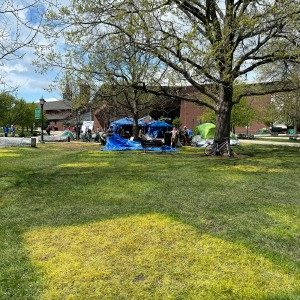 Students take down pro-Palestinian encampment at UVM
Students take down pro-Palestinian encampment at UVM
